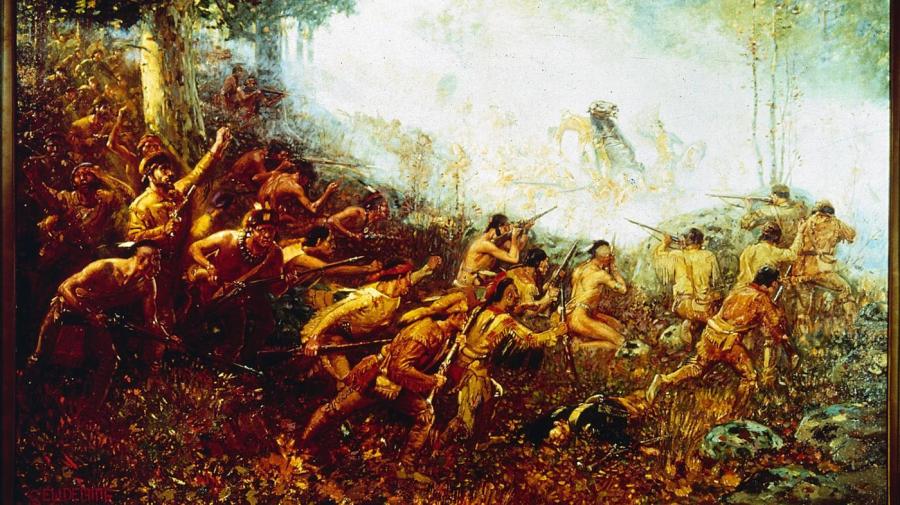What Caused Pontiac’s Rebellion?

After the French and Indian War, Pontiac’s Rebellion was ignited by growing tension between American Indians and the British government when the latter took control of lands and trade surrendered by the French. The indigenous tribes feared their lands and hunting grounds would be overrun by colonial settlers and reacted to increasing signs that the British government wouldn’t be as compromising as the French.
The rebellion was organized in 1762 by Chief Pontiac, an Ottawa tribesman who appealed to tribal leaders from Mississippi to Lake Superior for support in resisting British control. Pontiac intended for each tribe to capture the closest fort and meet up to eliminate any remaining undefended settlements. Pontiac’s military strategy resulted in eight forts being captured, and tribal forces were successful at wiping out many frontier settlements.
Pontiac’s own forces were responsible for taking a fort in Detroit by pretending to pursue a treaty. The siege met with organized resistance when Major Henry Gladwin found out about the surprise attack and rallied troops before Pontiac arrived. However, Pontiac was still able to overtake the fort on July 31 at the Battle of Bloody Run until British reinforcements drove him to withdraw in late October. Pontiac’s Rebellion lasted until July 1766 when Chief Pontiac settled a peace treaty with the British.





